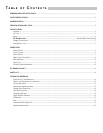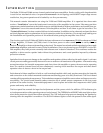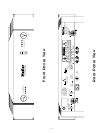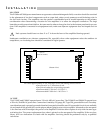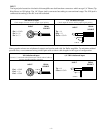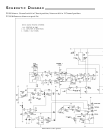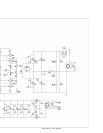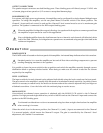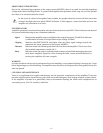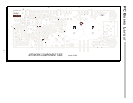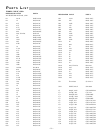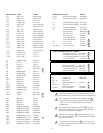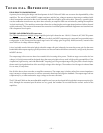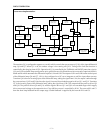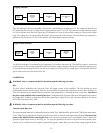
SHORT CIRCUIT PROTECTION
Due to the self-protecting properties of the output power MOSFETs, there is no need for sonically degrading
voltage and current limiting circuits. To protect the amplifier from problems which may occur in the speaker
line there is an overload detection circuit.
In the event of a short in the speaker load or cables, the speaker detection circuit will shut down that
channel and light the front panel SHORT indicator. If this happens, correct the fault and turn the
amplifier off, then back on to reset.
LED INDICATORS
Amplifier operation is monitored internally and each channel has four status LEDs. These indicators can be used
for system troubleshooting in case of aberrant behavior.
Signal Monitors the amplifier output and lights when a signal is present. The SIGNAL indicator
is calibrated to activate at an equivalent input voltage of 30mV.
Clipping Monitors the DRIVE SIGNAL and lights when the drive signal voltage exceeds the
maximum for linear operation of the output MOSFETs.
Thermal Indicates when the thermal protection has shut down the amplifier. This occurs when
the heatsink temperature exceeds 90° C.
Short Indicates when the output overload monitor detects a potentially damaging short and
shuts down amplifier operation. After clearing the fault, restore normal function by
turning the amplifier off, then on again.
WARM UP
In order to achieve the best sonic performance from the amplifier, we recommend letting it warm up for 1 hour
before beginning any critical listening. The amplifier may not deliver its full potential sound quality before this
time has passed.
CLEANING AND MAINTENANCE
There is no requirement for regular maintenance on the electronic components of the amplifier. If the case
becomes soiled it can be cleaned using a soft cloth and a mild detergent, such as spray window or glass cleaner.
If the amplifier is located in a particularly dusty environment cleaning the inside with compressed air or
vacuuming every 18 to 24 months is sufficient.
– 8 –
!



